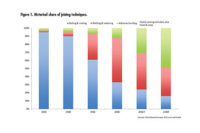Innovation and the Future of Liquid Filling Machines for Adhesives and Sealants
Nozzles and gravity-fed direct-fill systems can improve filling accuracy and throughput.

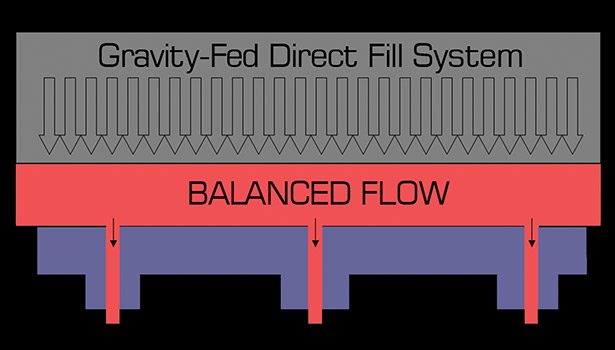

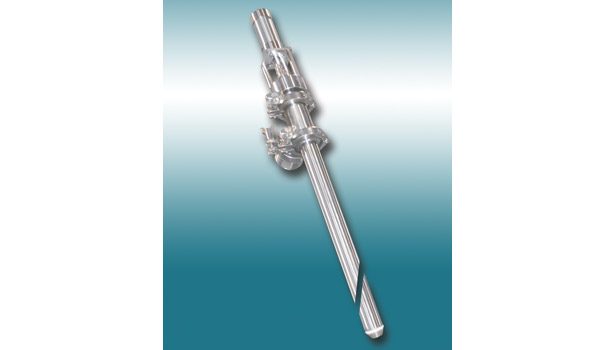
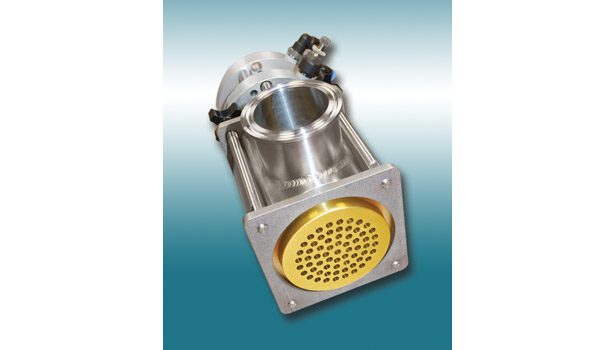
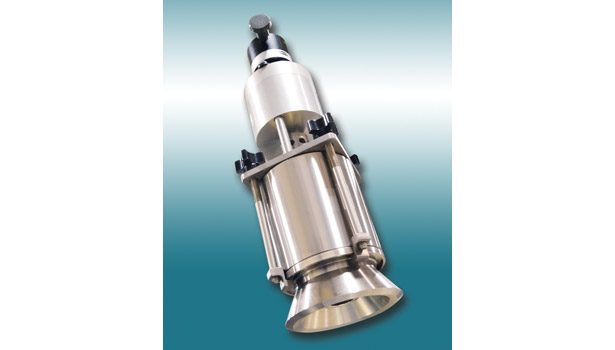






Given the challenge to fill any kind of container with any kind of liquid, engineers have diligently researched hundreds of product applications—from adhesives and sealants to coatings, and chemicals and lubricants to foods and beverages—in order to design machines that will fill containers rapidly and accurately. One critical specification needed in any industrial filling application is the viscosity of the liquid. Viscosity is the measure of a liquid’s ability to resist flow. Easy-flowing, water-like liquids have low viscosity, while thicker liquids have higher viscosities.
Additional characteristics of industrial liquids include temperature, particle size, pH and degree of foaminess. Characteristics such as “lubricity” and “abrasiveness” are also taken into account to determine the best choice of nozzle configuration. The nozzle is the proprietary fixture (or “head”) that controls the flow of liquid as it streams into the container.
Nozzle Types
Precision-made nozzles of the correct size and materials are an important component of liquid filling machines. Ongoing technological innovation and continuous improvements are required to adapt to the wide range of liquid filling applications. Examples of nozzles for filling industrial liquids include plug, vented cone, shower head and probe; they are designed to optimize the filling of virtually any liquid product. Nozzles for liquid filling machines need to be reliable, durable, corrosion resistant and easy to clean.
The plug nozzle is designed for filling through a variety of F-style and screw-cap container openings. Plug nozzles fill thin to viscous products, provide drip control, and are available in a wide range of plug sizes as well as sanitary configurations (for foods). Recent improvements in plug nozzle technology eliminate leaking, which is especially problematic for high-lubricity liquids. Filling applications include adhesives, spackling, grout, peanut butter, fruit fillings and other food applications
Vented cone nozzles support both low- and high-viscosity filling applications where the container’s open top diameter is large enough to accept the “cone-style” shape this nozzle produces. The cone shape of the liquid stream directs product flow to the inside diameter walls of the container, thereby reducing splashing. Vented cone nozzles are an excellent choice for various filling applications, including stains, inks, oils, putties, paint, chemicals and adhesives.
Shower head nozzles with interchangeable plates are designed for rapid laminar flow filling of ½-pint to 6-gal open-top containers. Shower head nozzles allow for fast, uninterrupted, non-turbulent flow of the liquid product, thereby reducing splashing. Shower head nozzles handle low- to medium-viscosity products from light liquids such as solvents and stains to higher viscosity products such as adhesives and inks.
The probe nozzle is designed to fill foamy products without the production of foam caused by the turbulence of standard top filling. Probe nozzles fill containers from the bottom up, thereby reducing the turbulence that causes certain products to foam. Probe nozzles typically handle a broad range of container sizes from small containers to drums and totes. Filling applications often include detergents, herbicides, solvents, hydraulic fluids, fertilizers and cleaners.
Fill Systems
Moving beyond traditional nozzle technology, the gravity-fed direct-fill system has been an important innovation in liquid filling. The liquid filling industry is in an economic environment where the current trend is to maximize efficiency, increase ROI, and make the most of capital investments. Whether an adhesive or sealant manufacturer is choosing to install new liquid filling systems that incorporate the latest technology or retrofit a legacy system to extend the life and productivity of existing equipment, the right decision on where to invest requires a full understanding of the proven fill technologies available today.
Liquid filling technology has progressed in stages, from manual hand filling to funnel and hose filling, to nozzle filling and pressurized drum, and now gravity-fed direct filling. Alternative systems place product in a pressurized vessel. The disadvantages of pressurized systems include splattering of product when pressurized nozzles are opened, leaking, product loss and complicated disassembly for cleaning. Volumetric systems fill by volume and can be less accurate.
The negative effects of outdated and poorly performing liquid filling machines or systems include slower fill rates, decreased accuracy, and higher maintenance and cleanup. This results in longer batch changeover times. Any product delivery system that creates excessive spilling wastes valuable product and erodes profitability.
As mentioned previously, viscosity is a measure of a liquid’s ability to resist flow. Laminar flow, sometimes known as streamline flow, occurs when a fluid flows in parallel layers with no disruption between the layers. In nonscientific terms, laminar flow is “smooth,” while turbulent flow is “rough.” Gravity-fed filling is best for water-thin liquid viscosities to liquids that are semi-viscous.
The gravity-fed, direct-fill system is a liquid filling solution that delivers faster fill rates and improved accuracy, and reduces costs in liquid filling environments that handle products in the low- to medium-viscosity range. Gravity-fed liquid filling systems offer a new opportunity to expand the capabilities of any liquid filling machine, including the retrofit and upgrade of legacy liquid filling machines.
Common liquids and their relative range of viscosities from thin to thick as measured in centipoise include water, turpentine, vegetable oil, SAE40 motor oil, varnish, glycerin, molasses, latex paint, honey, SAE70 motor oil, water-based paint, solvents and glue.
Benefits of a Gravity-Fed Direct-Fill System
The gravity head pressure process delivers more uniform filling for greater throughput. Balanced flow delivers faster fill rates (up to 35%), more consistent filling, and greater batch yields. A balanced flow lends itself to greater control of nozzle cut-off during the filling cycle for greater accuracy.
The gravity head pressure process also eliminates splattering and reduces cleanup time. All surfaces on direct-fill systems can be easily accessed for more thorough cleaning. Fewer wetted parts allow a 50% reduction in cleanup and batch changeover time. Direct fill systems feature a welded reservoir tank with integrated nozzles that increase fill rates, improve uptime and reduce maintenance. The simple innovative design and fewer serviceable parts of a gravity-fed direct-fill system reduce operating costs and maintenance requirements, eliminating the need for surge tanks, hoses, valves, and surge dampeners.
The main environmentally friendly attribute of gravity-fed direct-fill systems is the reduction of product residue. The result is lower hazardous waste and lower cleaning material needed for cleanup.
Adjustment controls for rapid fill rate and dribble rate enable the filling of a variety of liquid industrial applications, including adhesives, coatings, inks and lubricants. Direct-fill systems can be configured with one, two, four, six or eight nozzles to complement a variety of filling machine nozzle configurations and deliver a wide range of container filling throughput rates.
For additional information, contact the author at (608) 316-6302 or smeyer@ideal-pak.com, or visit www.ideal-pak.com.
Looking for a reprint of this article?
From high-res PDFs to custom plaques, order your copy today!



